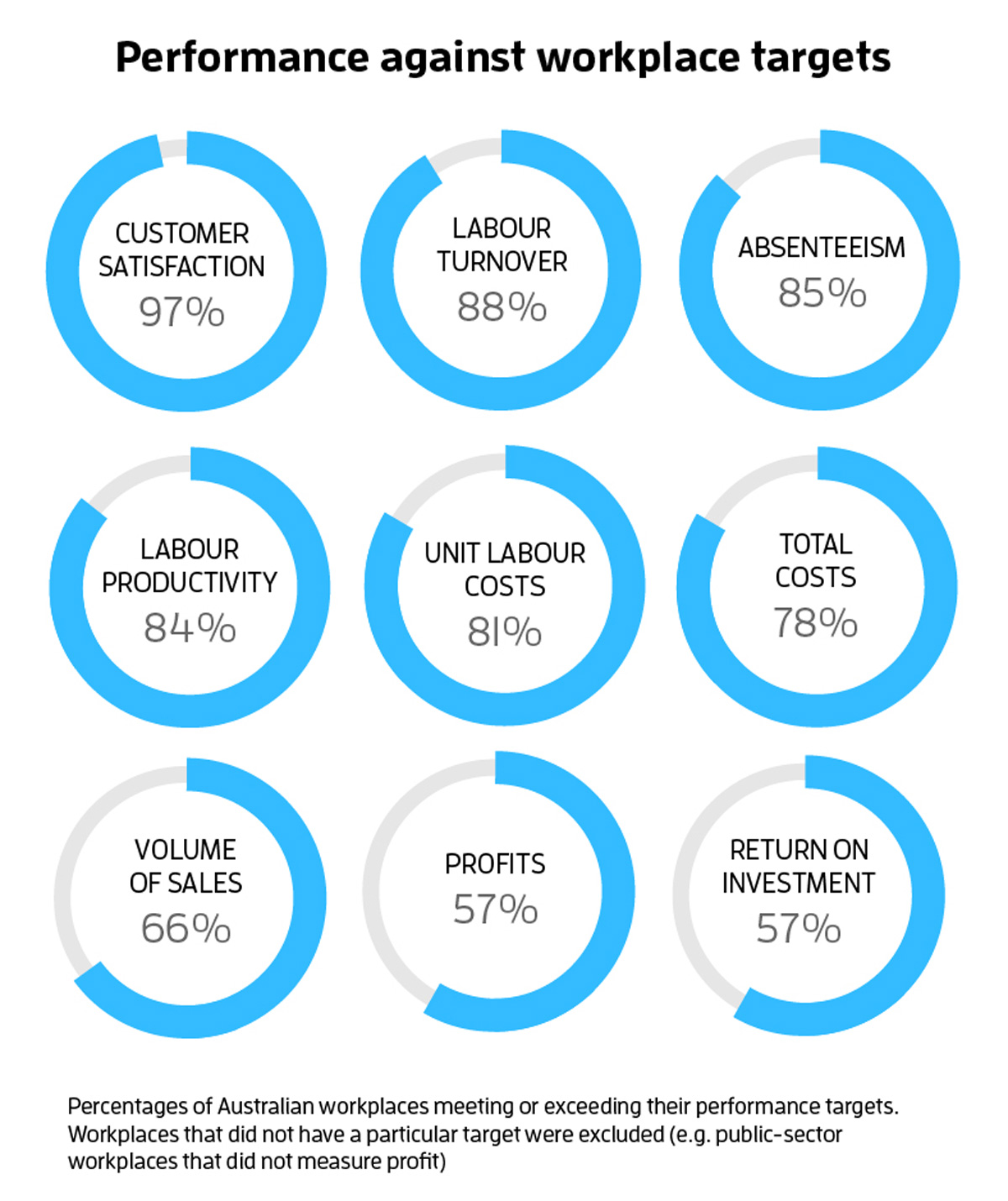In the digital marketplace, increasingly, Australian organisations are facing rapid transformation pressures that are changing the rules of competitiveness. Since 2000, 60% of Australia’s top ASX 200 companies have ceased to exist due to factors such as liquidations, mergers and acquisitions.
To keep pace with the unprecedented demands for speed, scale and flexibility that exist in a disrupted marketplace, companies need to identify strategies for future growth and create opportunities for cost optimisation in order to free up assets and capital for reinvesting. While leaders have traditionally achieved this through cost-cutting measures, recent thinking suggests this is no longer enough.
Recent findings from Accenture suggest the critical link between cost reduction and growth strategy is investment in forward-thinking digital strategies, which allow organisations to increase agility and flexibility and foster sustainable growth. Beyond this, digital strategies are an enabler of advanced operating models, which, in turn, can lead to improved efficiency and scale.

There are various examples of organisations using advanced operating models to reduce costs and improve efficiency. Johnson and Johnson, for instance, is hoping to deliver cost savings through the development of a multi-year transformation model to globalise several functions through standardisation and simplification. These functions will be structured via end-to-end processes, helping to break down traditional functional silos. This will result in greater agility, competitiveness and growth. It will also provide the organisation with the ability to quickly respond to rapidly changing go-to-market models, reduce cost and drive value for the business.
With current volatility putting pressure on leaders to rethink their cost structure, organisations should look to the following four steps of optimisation to assist with cost reduction, without compromising on innovation:
Four steps to cost optimise
-
Rethink spend
Most CEOs have already carried out immediate cost-reduction opportunities. The next question is: can we rethink the way the organisation spends? For example, creating a network of partnerships and alliances with third parties and start-ups could provide opportunities to transform fixed cost into variable.
-
Optimise for efficiency
After cost cutting, a mindset of continuous optimisation of efficiency has to be instilled at all levels of the organisation. Specifically a wide range of initiatives to do more with less, such as virtualising, consolidating, increasing the use of the cloud and introducing virtual workplaces.
-
Re-architect to future-proof
To simplify business architecture, a thorough zero-based approach is required, rethinking the operating model of the company.
-
Leverage technology to increase value and reduce costs
Robotics, for example, is one of the most important levers to reduce costs in back office operations. However, automating processes eventually reverberates into a better customer service.
In order to increase competitiveness and fuel profit growth, organisations need to integrate cost reduction efforts with their business and innovation strategy in order to unlock funds that can be reinvested in growth. Without a cohesive, strategic plan — and people to support the plan — the evolution of the organisation towards a sleeker model will take too long. In today’s climate of unprecedented competitiveness, this is not an option.







